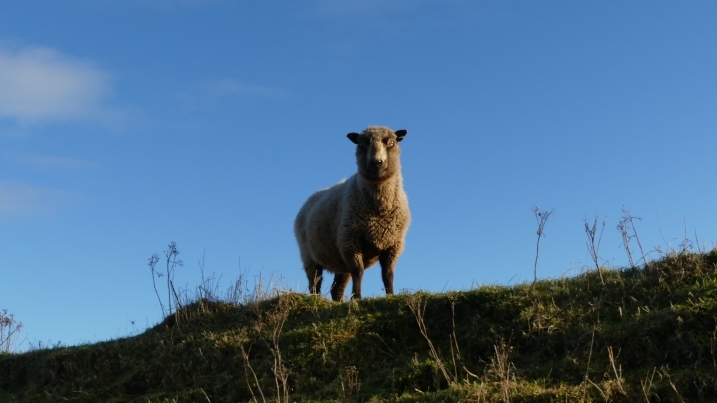Who would choose that pond?
You see a shallow, muddy-looking pool in an area where there is little to no plant life around. You know that there must be a creature that likes it because there is almost nowhere on the planet that isn’t occupied by one animal or another. But who in their right mind would choose that murky little puddle?
If you said a natterjack toad, you would be right.
Natterjack toads are classed as a pioneer species meaning they live in ecosystems that are just establishing themselves, what you might call a “new” ecosystem. They like to breed in pools that are very shallow that have little to no vegetation. This habitat suits them because the water warms up quickly and since they don’t hop or jump like frogs, it is easier for them to move through shorter grass. The pools also need to have a specific salinity level, too high or low and the toadlets won’t be successful. By being shallow, it decreases the likelihood of fish living in them and eating the eggs.
By liking salty pools, they have carved out a specific role in the ecosystem for themselves. They don’t have to fight with common toads – the UK’s only other toad species – for habitat or resources. Common toadlets emerge from the pools earlier in the season than natterjacks and they lay their spawn strings in vegetation so by adapting to a different kind of habitat natterjacks decrease their competition with common toads.
The male natterjacks go into the pools at night in spring and sing a haunting, rasping call to attract mates. Once mated, they lay spawn strings in the pool. And then, hopefully, if all the conditions are just right, they will successfully grow into toadlets and eventually fully grown toads.
But what is our part in this? Why do we care?
These amphibians are an endangered species in the UK and so as part of our SSSI status (Site of Special Scientific Interest), we try to protect these toads. One of the big parts of the Wilder, Wetter Caerlaverock project.

Digger in the fields creating ponds for natterjack toads by David Pickett
We have removed gorse from an area of the reserve so we can put in some new ponds. We want them to be climate resilient so some are deeper than others so in drier years, there are still suitable options for the toads. The earth that is removed will get put into a bank that the toads might use for hibernating. Once the gorse is cleared we need to get the grazing right so the sward stays short so they can move through it easily to find a mate and catch their invertebrate prey.

Skappa, one of our resident natterjack toad habitat managers by Marianne Nicholson
To make them thrive we have to get to the crux of what they need. For natterjacks, it’s mucky little ponds. Each to their own, I guess?
Words by Jake Goodwin and Marianne Nicholson
Feature image of natterjack toad by Nick Cottrell
